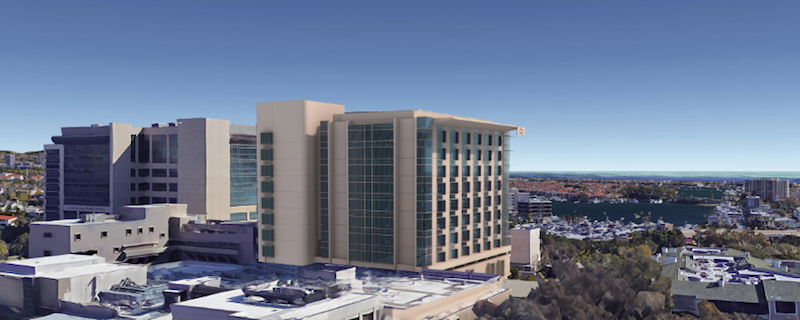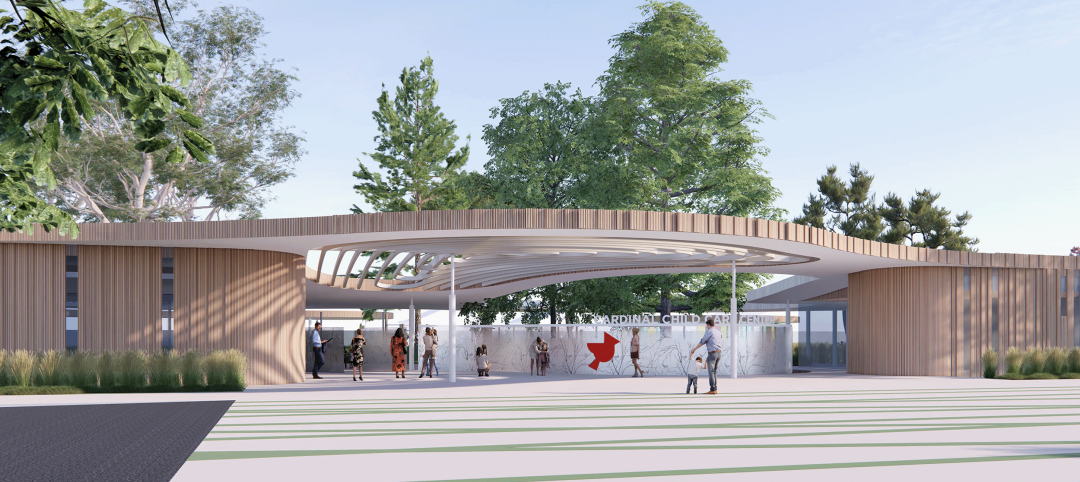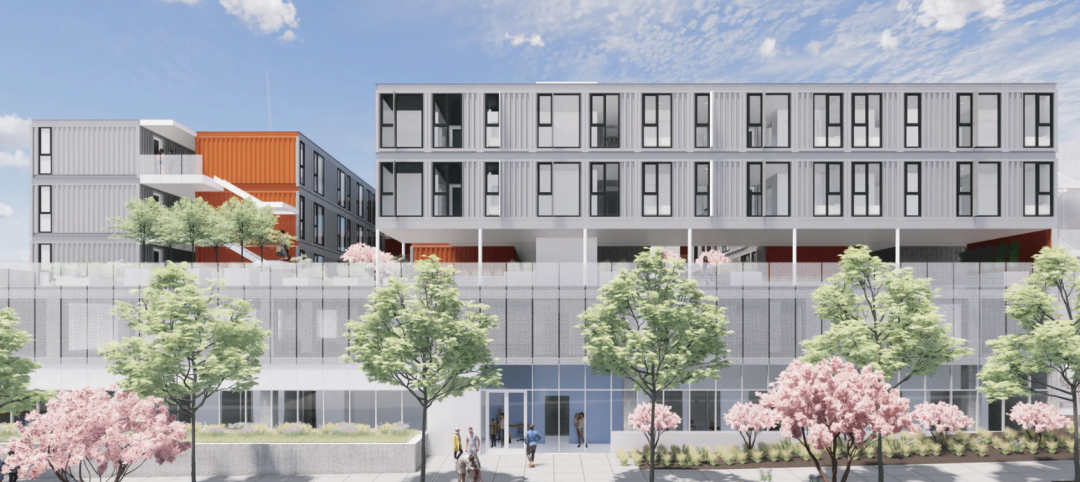A real crisis is looming for California hospitals, as deadlines approach for acute care facilities to meet state seismic requirements. Providers are losing the race against time and face real consequences if they continue to try to kick the can down the road.
Of the approximate 525 acute care facilities in California, about 320 have at least one building that will be either shut down or decommissioned if they are not upgraded by 2030, according to data from the Office of Statewide Health Planning and Development (OSHPD).
In San Diego, where we are located, only one-third of the 255 buildings in the county meet the 2030 requirements, according to the state data. That’s better than Orange County, where 29% of the 236 buildings are compliant, and Los Angeles County, where only 19% of 686 buildings currently meet the state mandates. In some counties, where there may be only two or three facilities, the percentage is zero.
For many healthcare facilities, the seismic requirements are complex and daunting, an expensive line item for a future budget. Too many companies are underestimating the requirements and the time required for compliance—and the long-term impact of their decisions.
Now is the time to take a different approach. Instead of looking at the seismic analysis and retrofit as an isolated project, there is an opportunity for healthcare facilities, builders and designers to come together to evaluate and design facilities to save money and adapt for the future, while satisfying the seismic mandates.
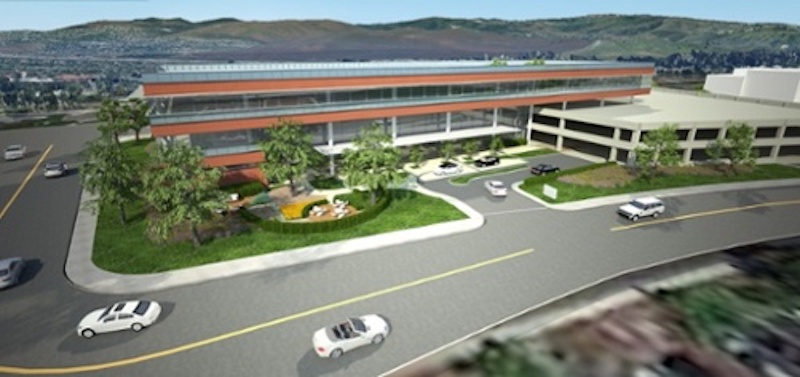
LPA has been working with healthcare facilities, civic organizations and schools around the state on seismic projects, to find new answers and create new efficiencies. Through this diverse lens, we’ve learned that different perspectives and a better process can generate better results, especially in the complex world of healthcare. A proactive mindset and a willingness to develop alternative strategies can make a big difference in the outcomes.
As a starting point, the process shouldn’t narrowly focus on engineering issues. Our structural engineering teams have guided dozens of projects through the process, including accessibility compliance requirements. We work to fully understand the pieces of the puzzle to assist our owner partners in making informed decisions. But if hospitals only look at the seismic requirements, they are missing out on an opportunity to cost-effectively solve a variety of issues.
Hospitals—especially smaller hospitals—need to think big picture. Work-arounds may address a short-term need but don’t solve the larger issues and may end up costing more in the long run. If we are asked to add a new pharmacy or a cardiac care center without thinking about the larger impacts to the overall facility, including seismic upgrades, we would not be prudent stewards of our clients’ dollars.
Time and time again we’ve been able to find answers that fit the hospital’s larger goals, simply by listening, conducting research and incorporating the seismic study within the context of a broader planning effort. A deeper understanding of options can mean the difference between renovating existing facilities for continued acute care use, repurposing the buildings for non-acute care use, or tearing down the building and starting over.
In many cases, we’ve found different ways to include seismic upgrades as a portion of our overall approach to planning for the future of the specific facility. For one facility, instead of trying to bring a non-conforming, combined mechanical and electrical room up to code, we conducted a feasibility study that recommended a separation of the functions and identified a suitable new location. The plan enabled the facility to stay operational while making the changes and provided a far more cost-effective approach.
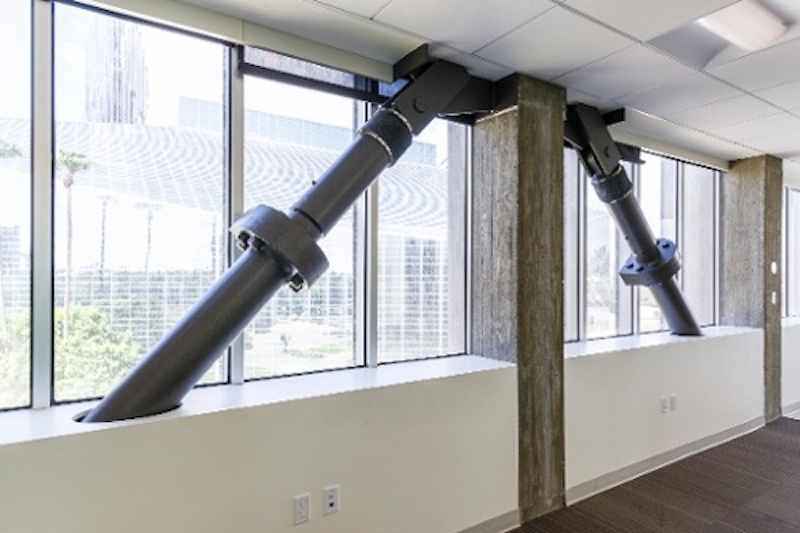
It is essential for every hospital to master plan for the future. That analysis should not only focus on the hospital’s needs, but also the demographics and long-term needs of the community. It is not just about the structure; it is about how it effects operations, staff and patients and the overall community. Seismic retrofit should be a portion of an overall planning effort.
How can we improve the process?
- Utilize a master planning and collaborative approach: involve engineers, interior designers and landscape architects in the discussion.
- Involve the contractor as early as possible (often difficult but worth the effort).
- Plan for upfront dialogue; this can save money on phasing, timeline and the review process.
- Reduce construction phasing; less days an area is shut down translates to less financial impact on the hospital and its patients.
A collaborative approach also creates the opportunity for hospitals to address many of their larger goals, including sustainability. The review of MEP and HVAC systems required for the seismic study allows for rethinking infrastructure design, perhaps incorporating solar or water conservation systems to help cut short- and long-term operational costs and improve sustainability.
At LPA, we firmly believe the more information available upfront, the better the end solutions are going to be. It is all about finding options, at every level of the process. We don’t want to do a one-off seismic job. We want to be good stewards of our client’s money and help healthcare institutions better serve their patients. The seismic issues are not going away and they won’t be solved by a patchwork approach.
One thing we know for sure: hospitals are running out of time. Now is the time to act, before seismic deadlines must be faced and the window for real change closes, forcing hospital administrators to make tough decisions that may not address long-term needs of the facility.
More from Author
LPA | Aug 26, 2024
Windows in K-12 classrooms provide opportunities, not distractions
On a knee-jerk level, a window seems like a built-in distraction, guaranteed to promote wandering minds in any classroom or workspace. Yet, a steady stream of studies has found the opposite to be true.
LPA | May 13, 2024
S.M.A.R.T. campus combines 3 schools on one site
From the start of the design process for Santa Clara Unified School District’s new preK-12 campus, discussions moved beyond brick-and-mortar to focus on envisioning the future of education in Silicon Valley.
LPA | Mar 28, 2024
Workplace campus design philosophy: People are the new amenity
Nick Arambarri, AIA, LEED AP BD+C, NCARB, Director of Commercial, LPA, underscores the value of providing rich, human-focused environments for the return-to-office workforce.
LPA | Feb 8, 2024
LPA President Dan Heinfeld announced retirement
LPA Design Studios announced the upcoming retirement of longtime president Dan Heinfeld, who led the firm’s growth from a small, commercial development-focused architecture studio into a nation-leading integrated design practice setting new standards for performance and design excellence.
LPA | Mar 2, 2023
The next steps for a sustainable, decarbonized future
For building owners and developers, the push to net zero energy and carbon neutrality is no longer an academic discussion.
LPA | Dec 20, 2022
Designing an inspiring, net zero early childhood learning center
LPA's design for a new learning center in San Bernardino provides a model for a facility that prepares children for learning and supports the community.
LPA | Aug 22, 2022
Less bad is no longer good enough
As we enter the next phase of our fight against climate change, I am cautiously optimistic about our sustainable future and the design industry’s ability to affect what the American Institute of Architects (AIA) calls the biggest challenge of our generation.
LPA | Aug 9, 2022
Designing healthy learning environments
Studies confirm healthy environments can improve learning outcomes and student success.
LPA | Jul 6, 2022
The power of contextual housing development
Creating urban villages and vibrant communities starts with a better understanding of place, writes LPA's Matthew Porreca.
LPA | Mar 21, 2022
Finding the ROI for biophilic design
It takes more than big windows and a few plants to create an effective biophilic design.

